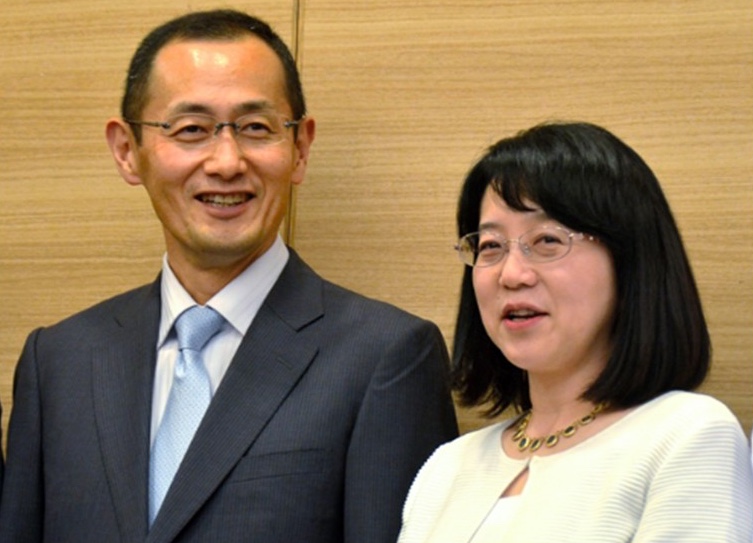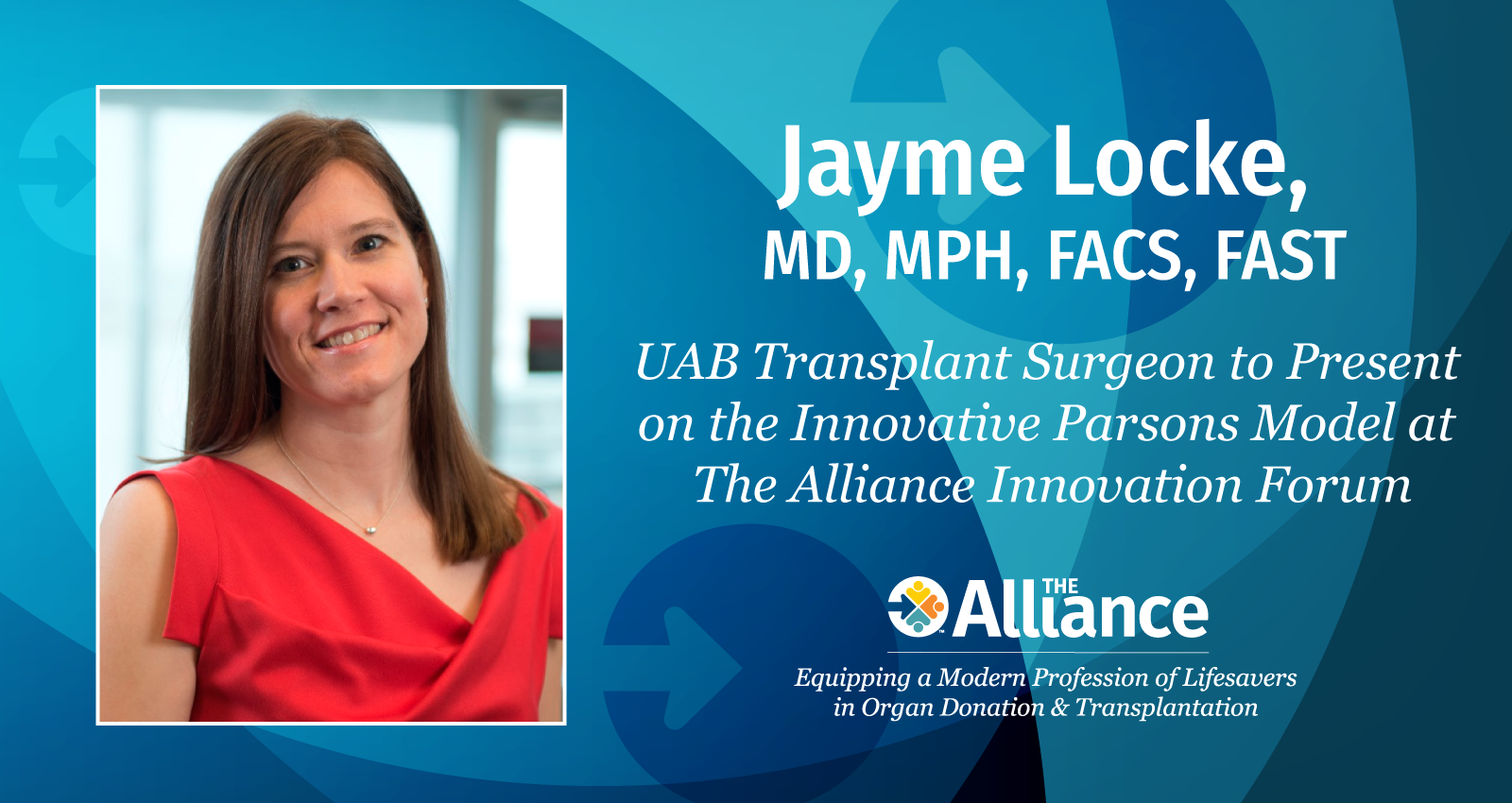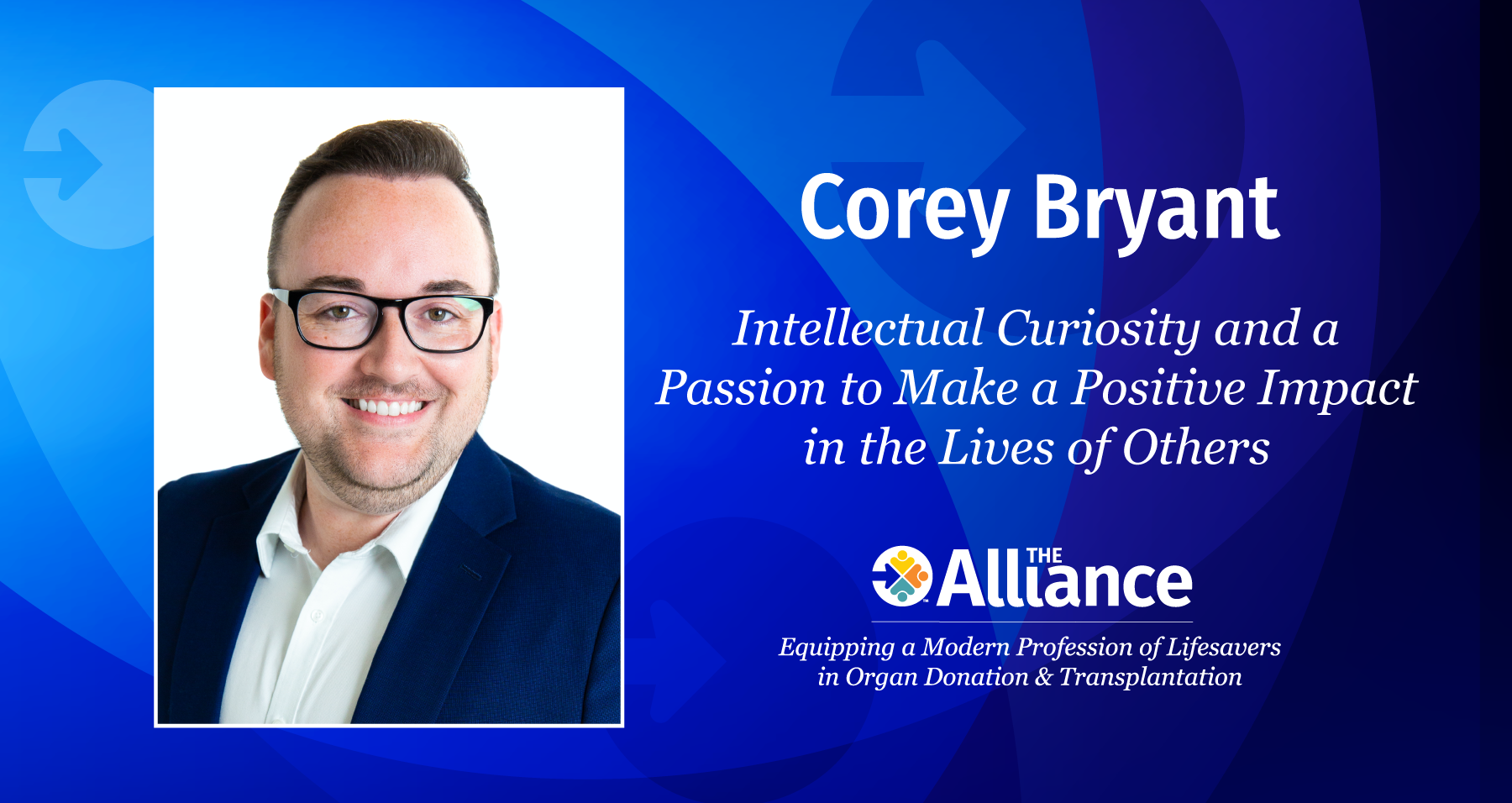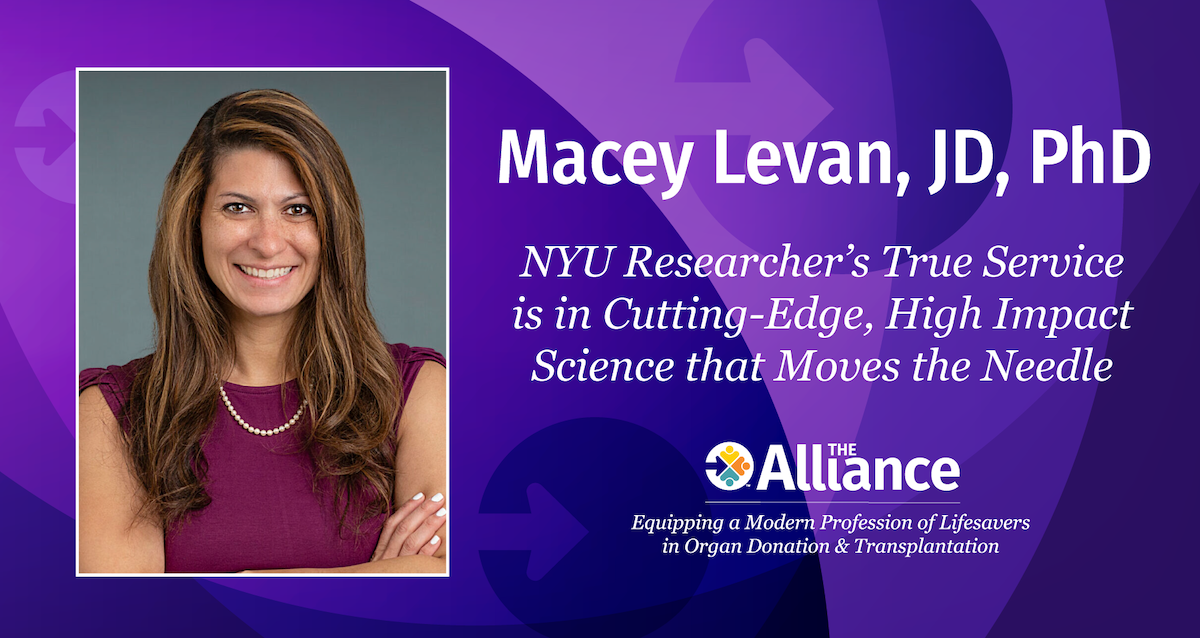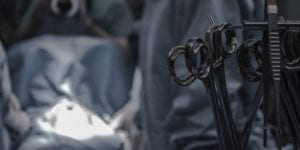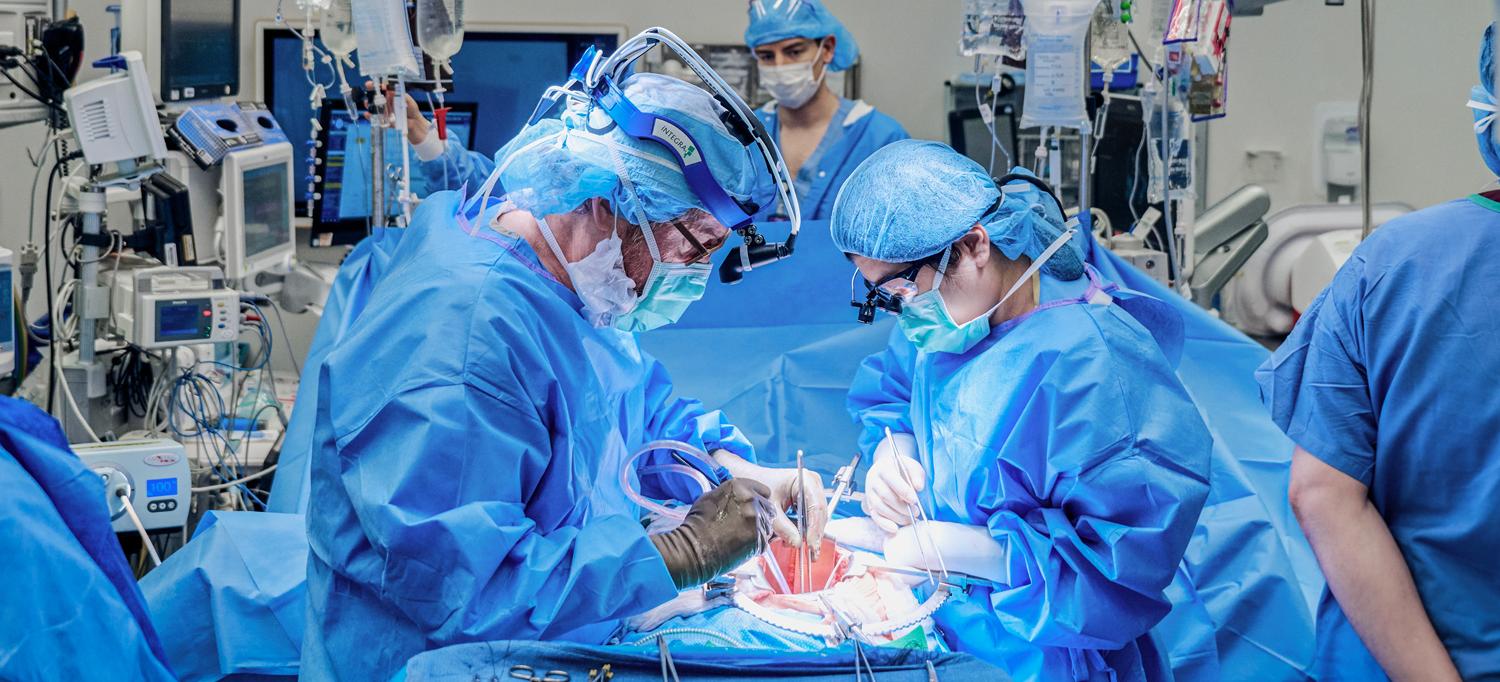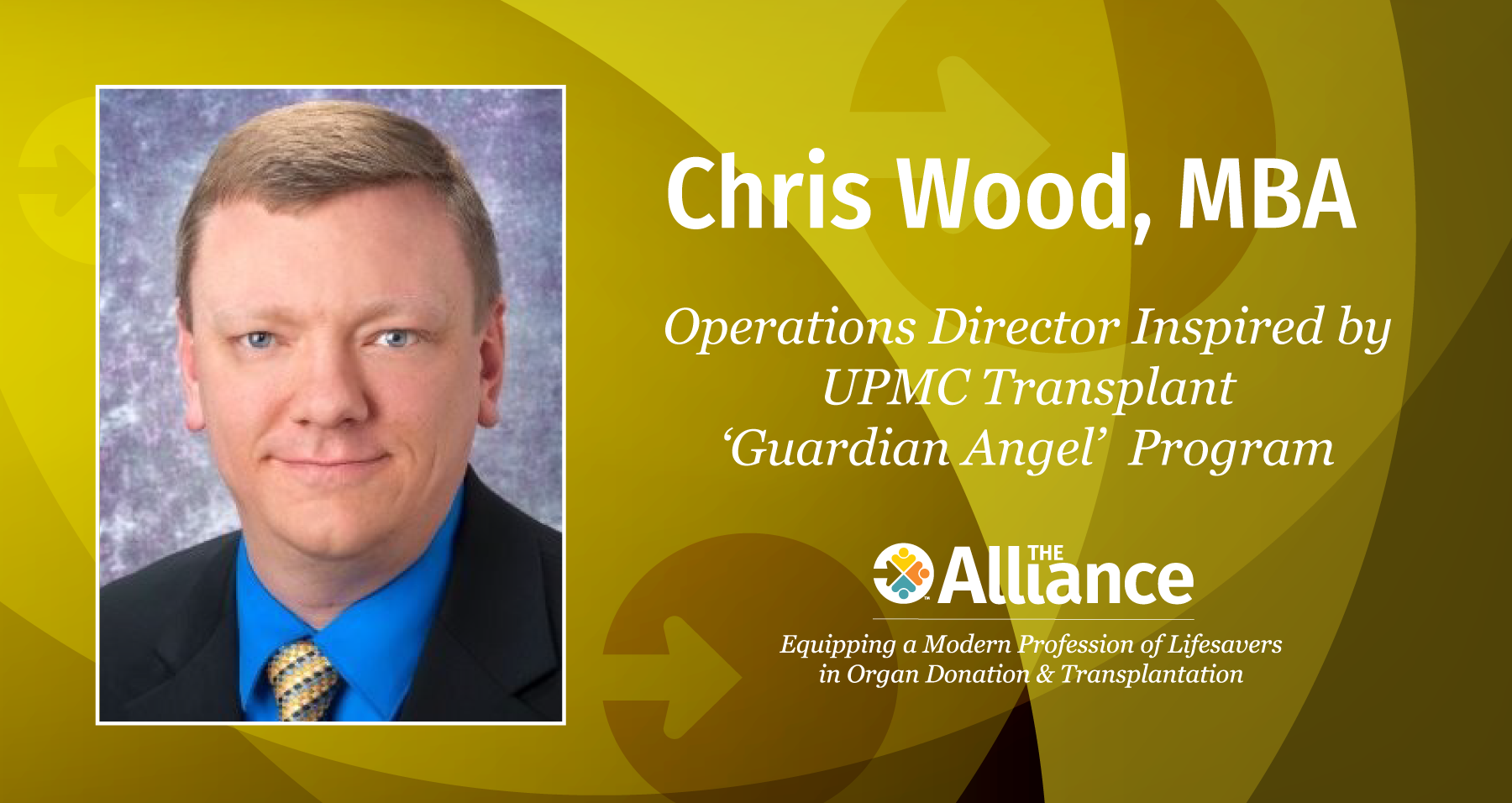Scientists from the Riken research institute and Kyoto University will begin a clinical research project to transplant retinas produced from induced pluripotent stem (iPS) cells from third-party donors as soon as next year, the research team announced June 6. If successful, the procedure could be an effective treatment for people suffering from age-related macular degeneration (ARMD), which can lead to a complete loss of vision.
Transplants of iPS-derived retinas have taken place in the past, but only using retinas made from the stem cells of the recipients. The new project will, for the first time, endeavor to transplant retinas made from iPS cells of a person unrelated to the recipient, which is expected to significantly lower costs and shorten the time required for the procedure.
The project will involve 10 or so patients with ARMD. Currently, an estimated 700,000 individuals in Japan suffer from ARMD. The researchers will create retinal pigment epithelium from iPS cells created from a third-party person and transplant the tissue into the subjects. However, because the main purpose of the project will be to confirm the safety of the procedure, the scientists said they will not be focusing on significant improvements in the patients’ vision.
The stem cells used in the project will be provided by Kyoto University’s Center for iPS Cell Research and Application (CiRA) and transplanted at the Osaka University Hospital and Kobe City Medical Center General Hospital. The cells will come from CiRA’s iPS cell stock, where stem cells made from tissues of healthy individuals that have been checked for quality are stored.
As often the case, the human body rejects stem cells or tissues transplanted from other individuals. To avoid transplant rejection, the iPS cells to be used in the project are made from cells of people with a special type of immune cell that does not trigger transplant rejection in most Japanese individuals. That means if ARMD patients do not show any signs of rejection, they can receive transplants with retinal pigment epithelium tissues derived from stem cells kept in the iPS cell stock with minimal use of immunosuppressive drugs.
The researchers also plan on transplanting retinas made from the iPS cells of the recipients themselves, and study the safeness and effectiveness of the two kinds of stem cells. The first iPS-derived retinal pigment epithelium transplant conducted in 2014 that used the stem cells of the recipient was highly successful. But the procedure was expensive and time-consuming, costing about 100 million yen ($930,000) to cultivate and test the iPS cells and about 11 months for the transplant to take place. But with the use of the iPS cell stock, the time frame could be reduced to as short as a month and costs could be significantly reduced.




